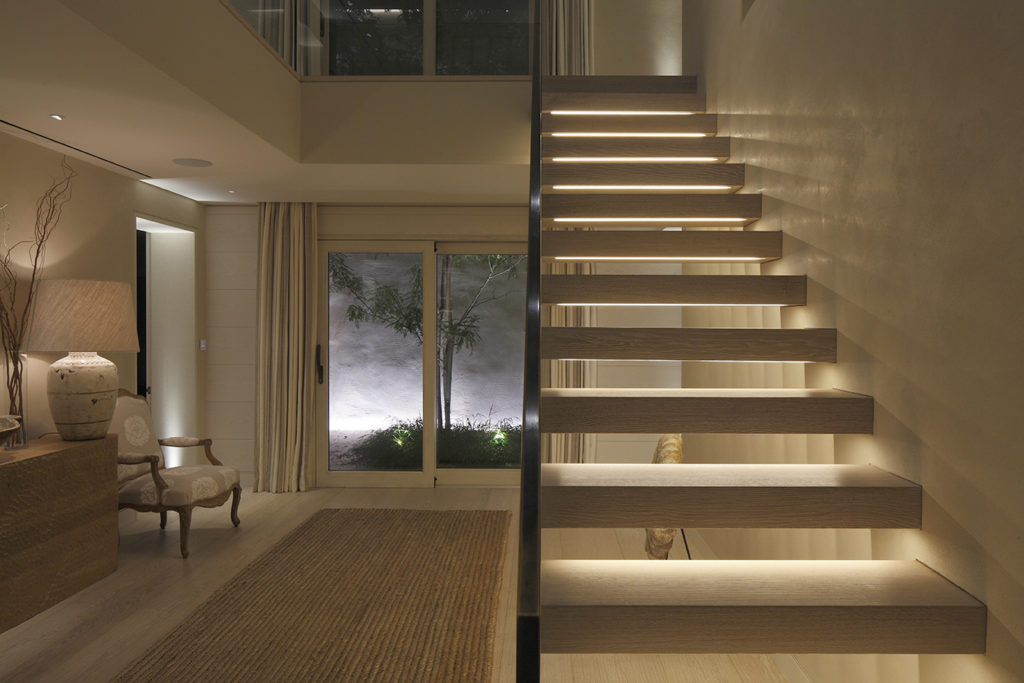
Lighting design is a multidisciplinary field that involves the application of knowledge from several subjects. The specific subjects taught in lighting design may vary depending on the level of the program, but some of the most common subjects are:
Physics of light and optics: This subject deals with the physical properties of light, its behaviour, and its interaction with different materials.
Electrical engineering: Lighting designers need to have a basic understanding of electrical engineering principles, such as current, voltage, resistance, and circuits.
Human perception and psychology: A good lighting designer must understand how people perceive light and how it affects their mood, behaviour, and well-being.
Architecture and interior design: Lighting design is an essential component of architectural and interior design, so lighting designers need to have a basic understanding of these fields.
Colour theory: Lighting designers must understand the theory of colour and how to use colour in lighting design to create the desired mood or effect.
Computer-aided design (CAD) and lighting software: Lighting designers use CAD and lighting software to create lighting plans, renderings, and simulations.
Sustainability and energy efficiency: Sustainable lighting design involves reducing energy consumption, minimising light pollution, and choosing eco-friendly materials and technologies.
Building and safety codes: Lighting designers must be familiar with building and safety codes and regulations to ensure that their designs comply with the law.
History of lighting design: Lighting design has a rich history that spans several centuries and includes different styles and techniques. Understanding the history of lighting design can help designers create innovative and original designs.
Overall, lighting design is an interdisciplinary field that requires a combination of technical, artistic, and scientific knowledge